What is reality and how is it created?
I’m sure most are thinking, what’s the point of asking. After all, reality is what I see.
But are you sure about that? What about optical illusions, for example, as I use them in my paintings? Doesn’t a 3D street painting I made, like a crevasse, also seem real?
If I can paint a picture with paint and a brush that makes you think something, what is real, or real?
The answer lies in your brain, how it processes the information from your sensory organs. In fact, only a fraction of what you see will arrive in your perception in the same way.
More precisely, you can only rely on a tiny section of your field of vision. Namely, this is roughly the area of your fingernail when you extend your arm and show your thumb. Everything around it is more or less constructed by the brain.
The reason for this is the enormous amount of energy that the brain would otherwise have to expend. Our brain has perfected itself over millions of years.
And that includes saving energy. It’s enough if I can see something coming at me in the corner of my eye. Whether it’s a VW or a Mercedes, it doesn’t matter – I recognize a car. A long time ago, it was not a car, but a predator.
Danger must be recognized at lightning speed – our brain is optimized for this. Signals are processed in fractions of a second.
The illusion as a life lie
Now, there are not only optical illusions, but also those that you do to yourself. Your reality is yours and different from the reality as perceived by others.
I explain why this is so in my blog post “Emergence of Reality” (coming soon). What you experience, your memories and your view of your future, are yours. You can tell others about it, but that doesn’t make it their reality, it just makes it a part of it.
It can happen that you create an illusion for yourself.
The building in front of which I painted “Plato’s Cave” belongs to Fachklinik Vielbach, a facility for the treatment of addictive disorders.
Addiction results from the excessive use and abuse of substances that activate the brain’s reward system. This can be coffee, something delicious to eat, but also drugs, such as alcohol and those that fall under the BTM law.
An addictive disorder is when there is no longer control over the amount and frequency of consumption. Addiction is also not limited to substance use. There is gambling addiction, sex addiction, and even sports can become an addiction. So anything that stimulates the reward system in the brain is a potential candidate for addiction.
An addiction is an illusion, built by the means of your choice, with the goal of having a better life experience. In good German: If I feel like shit, I take this and that, or do this and that.
But the brain is structured in such a way that it has to have more and more of what it finds great in order to be able to generate the good feeling. And then you’re quickly trapped, you’re addicted.
Addiction is a disease, even if this has unfortunately not yet been accepted in society. “You feel bad? Then pull yourself together and don’t always be in such a bad mood!”

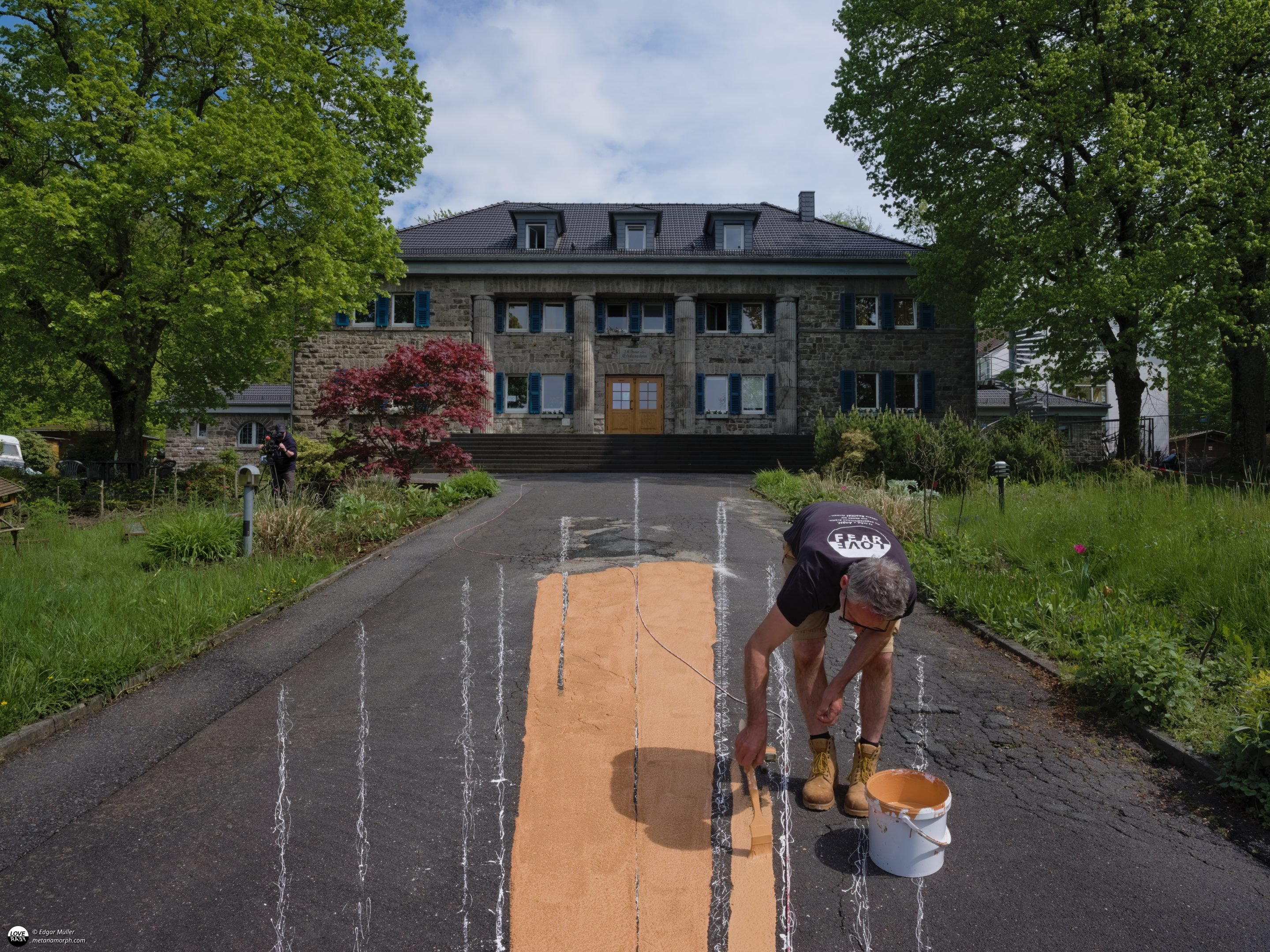
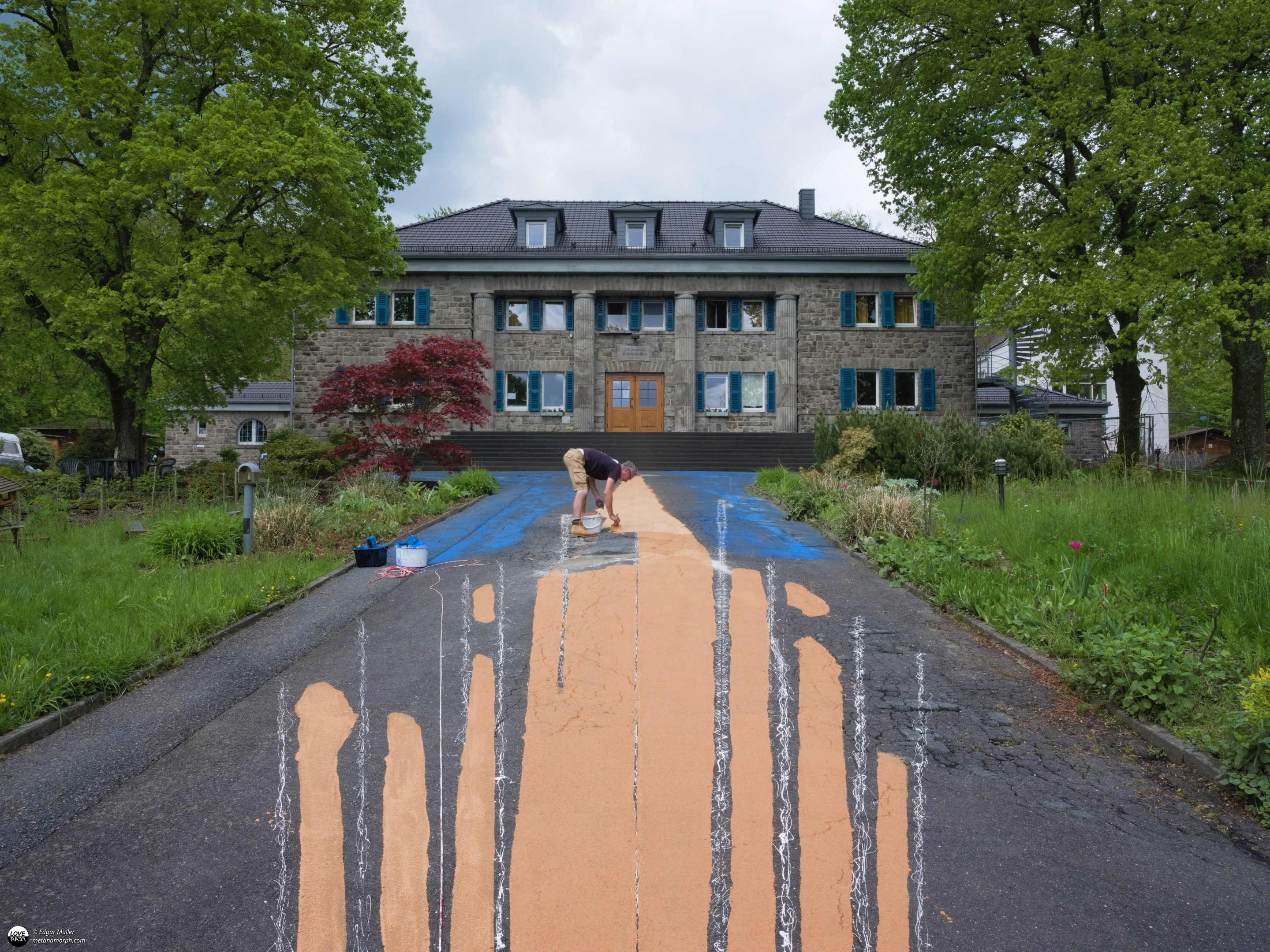
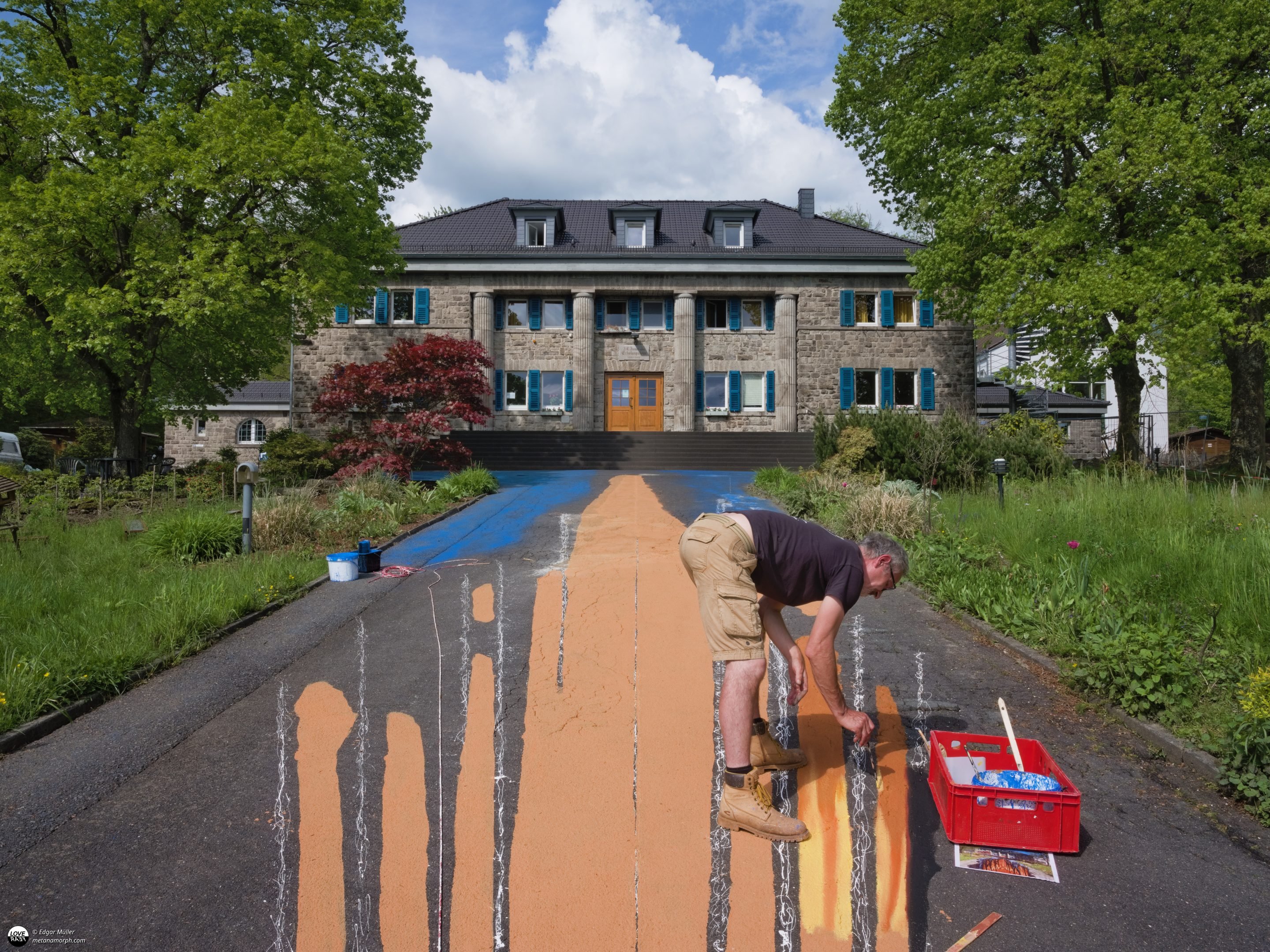
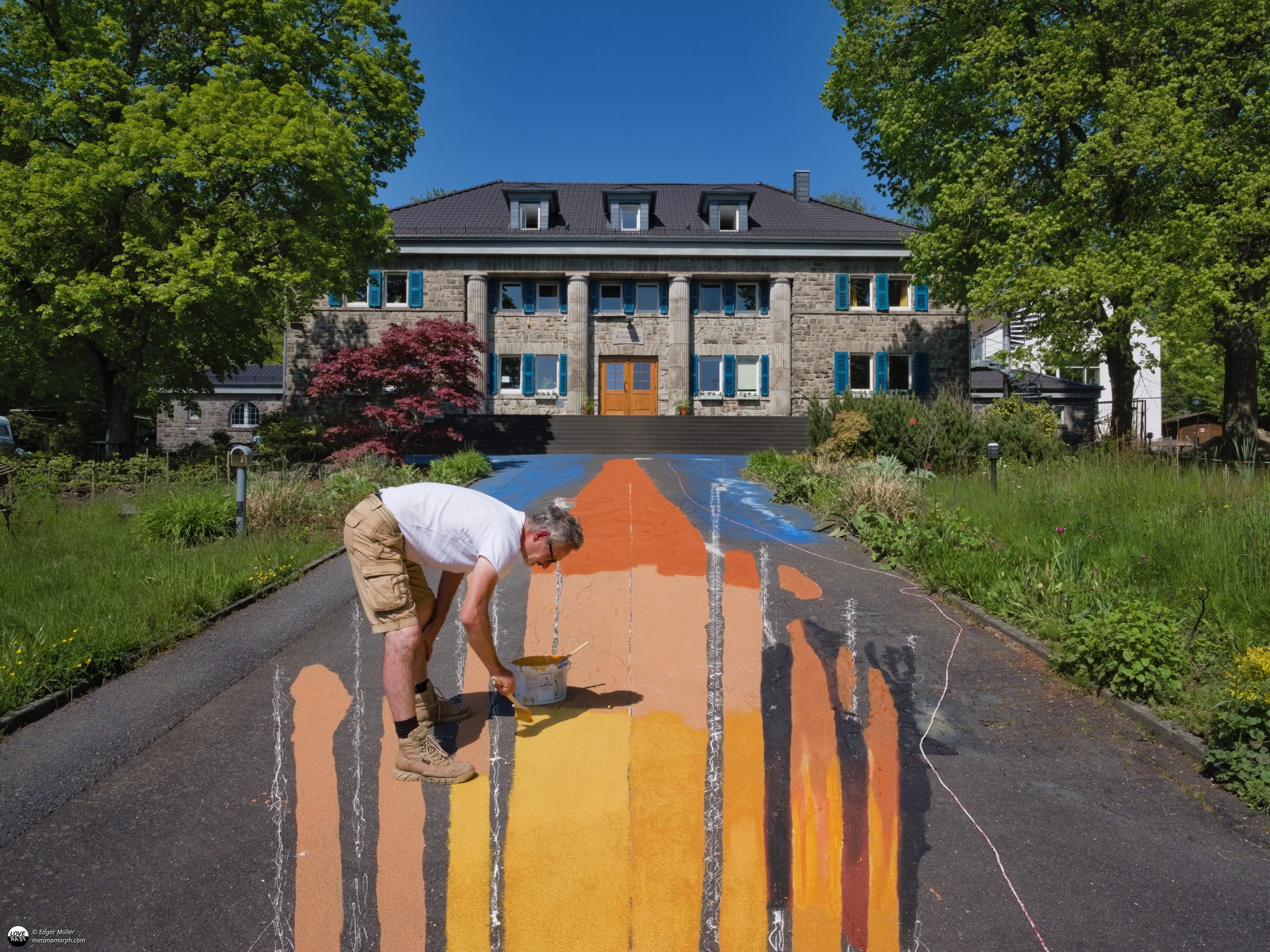
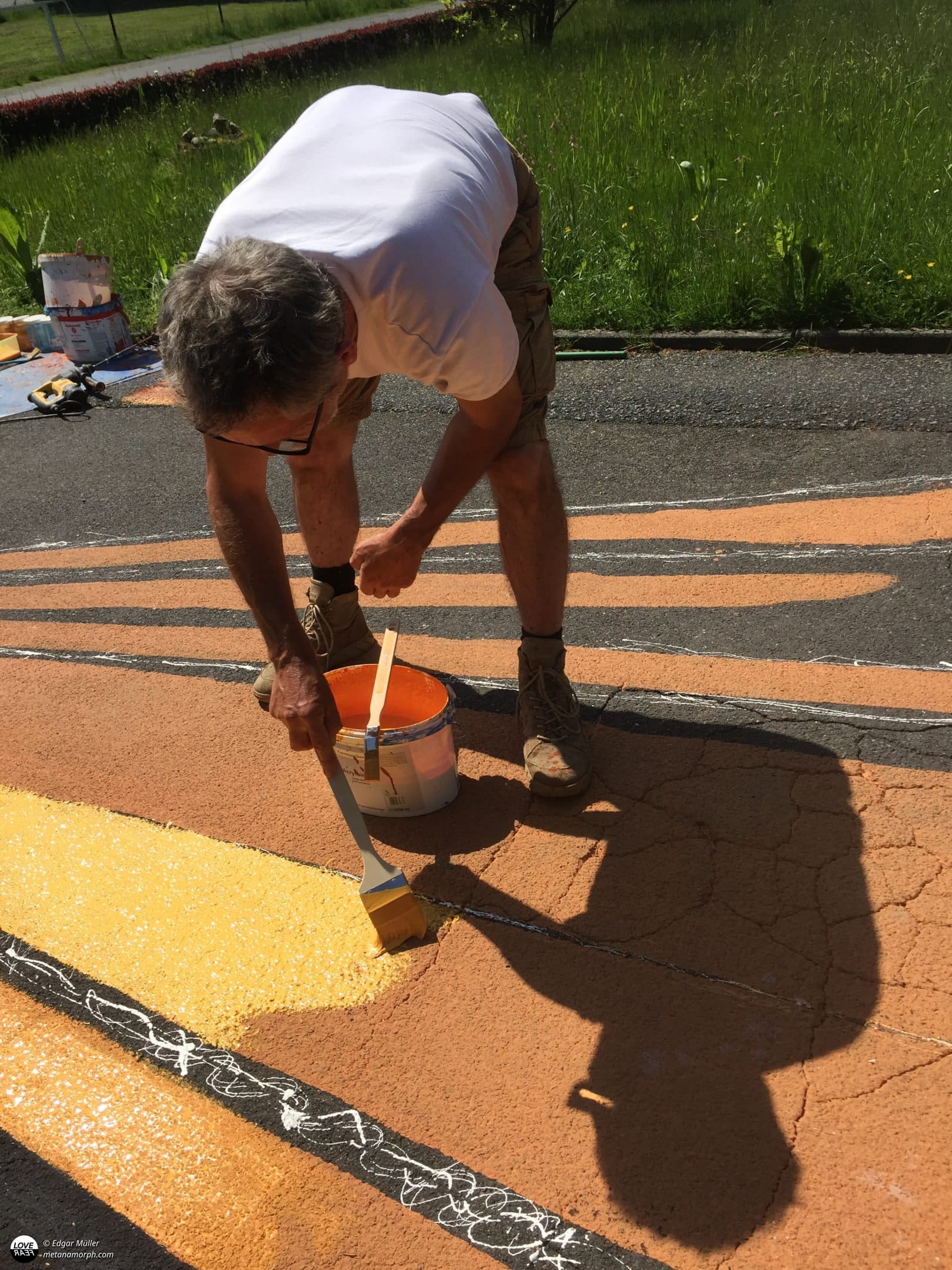

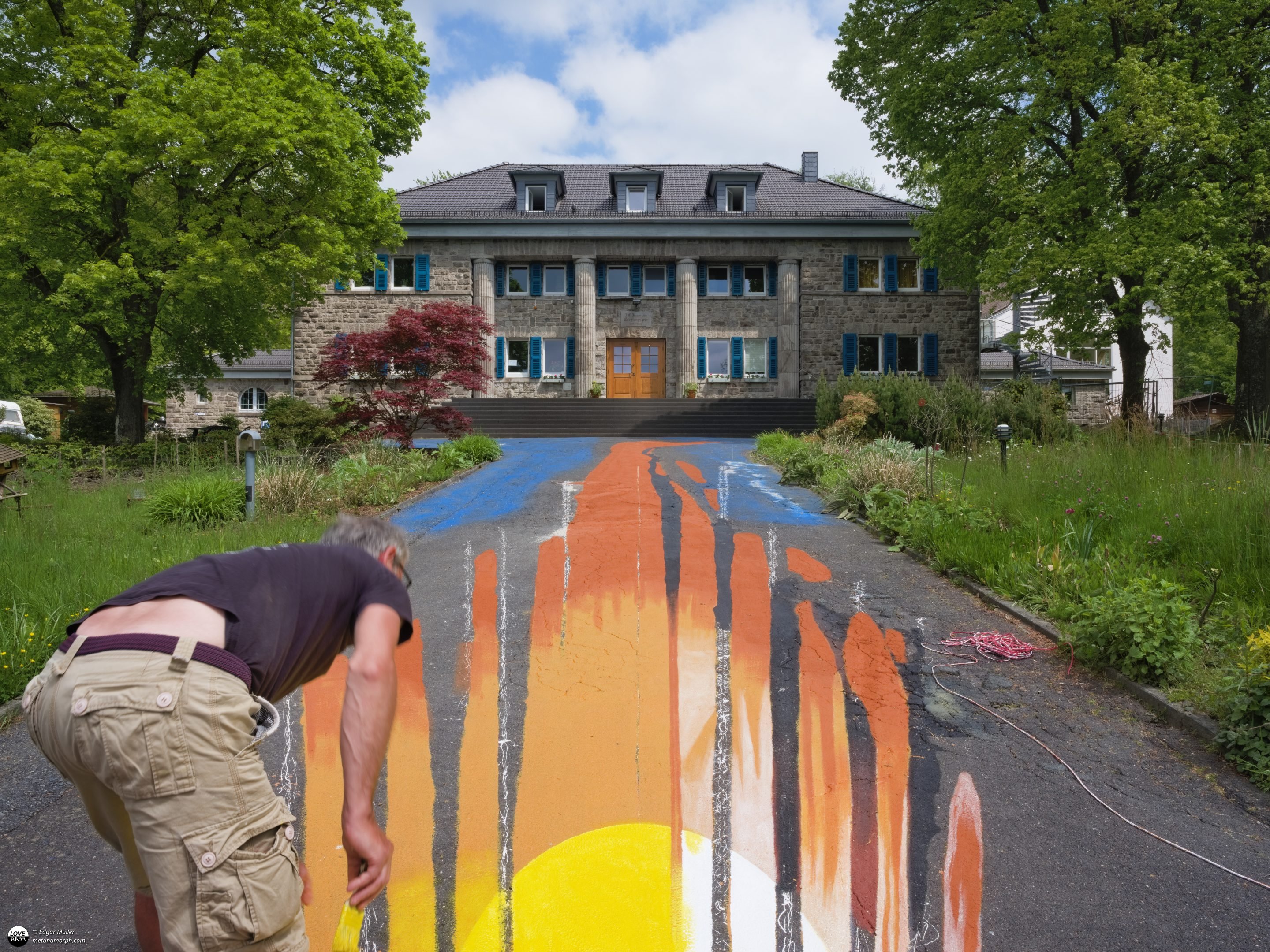
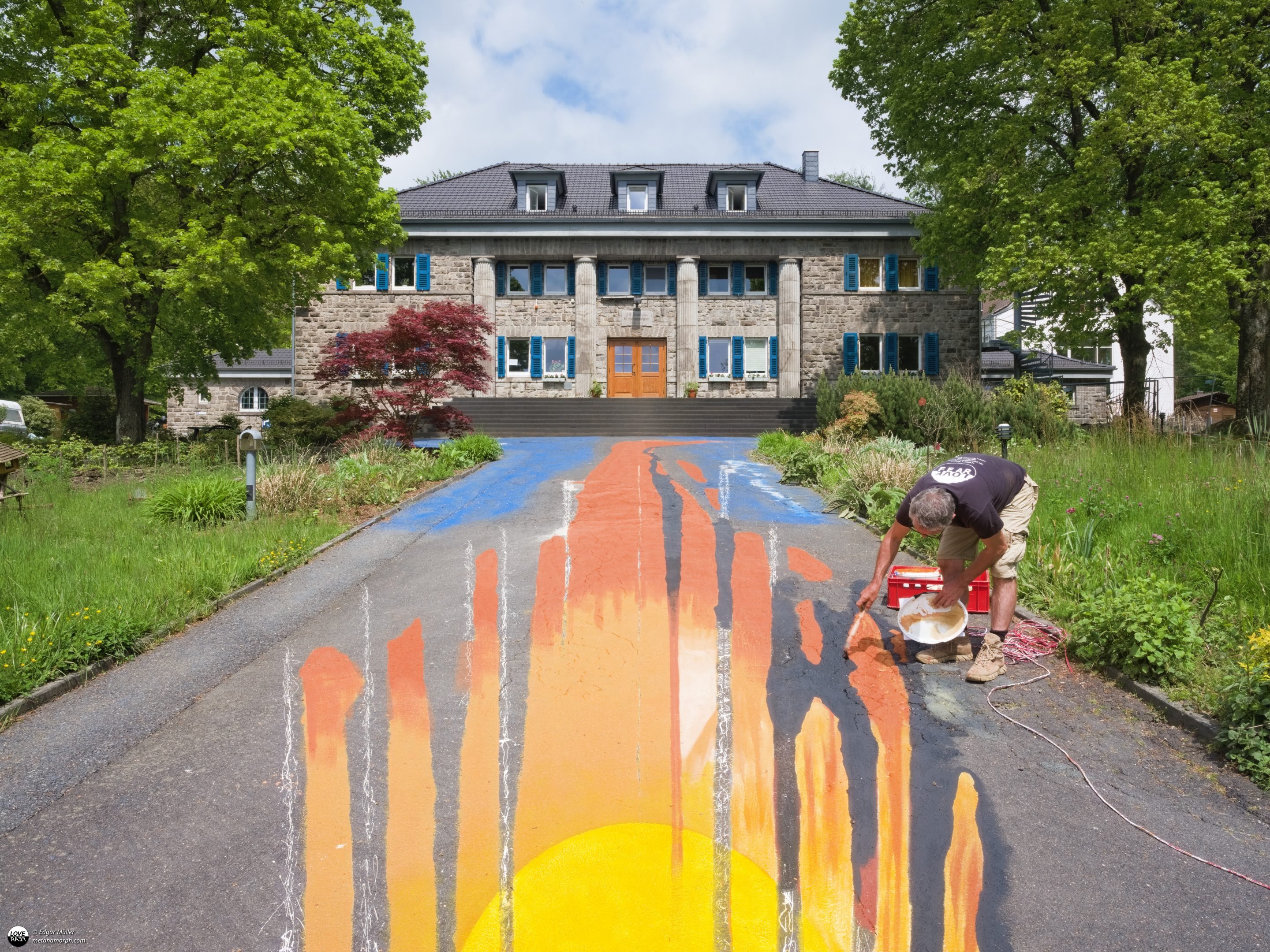
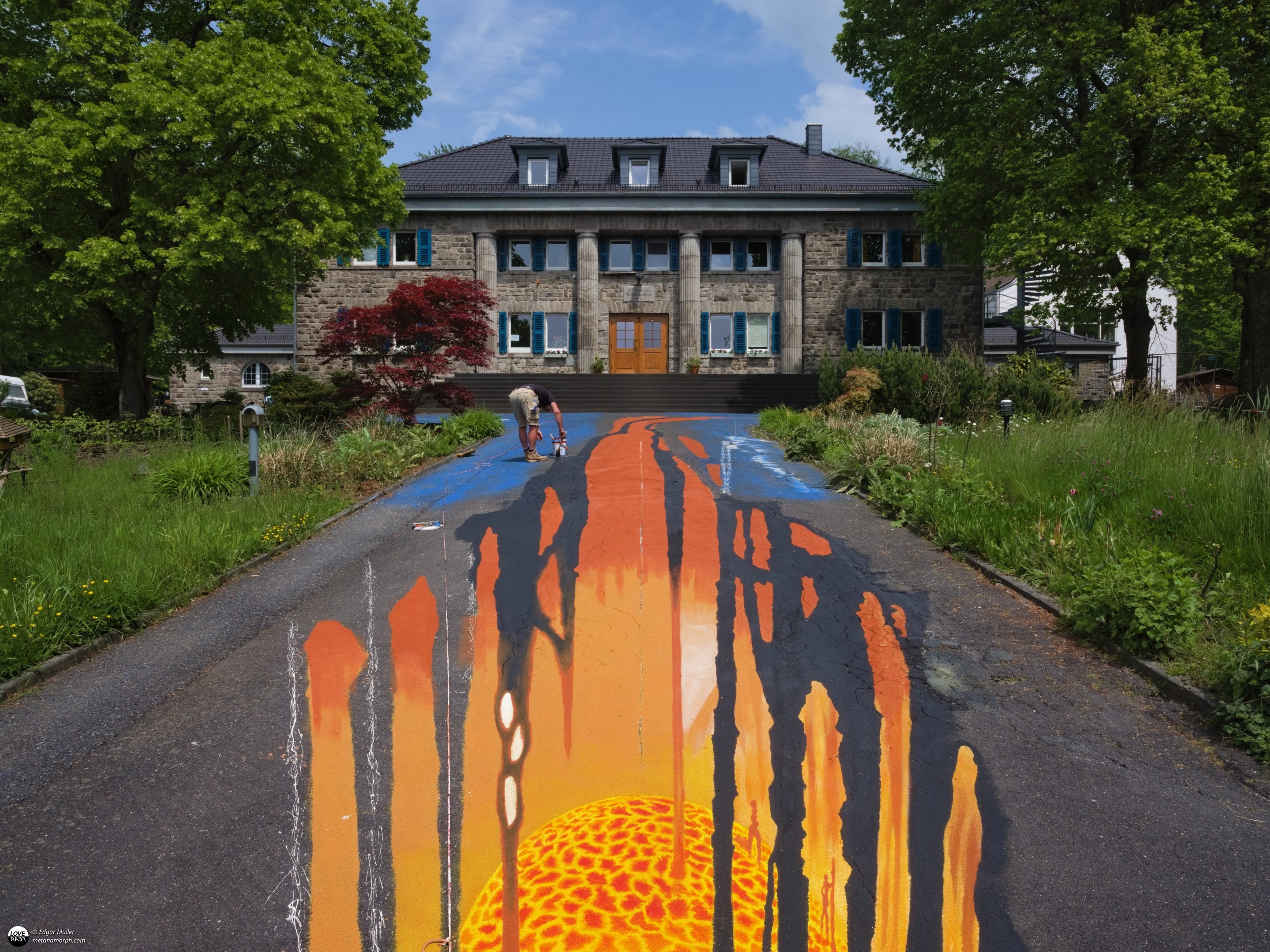
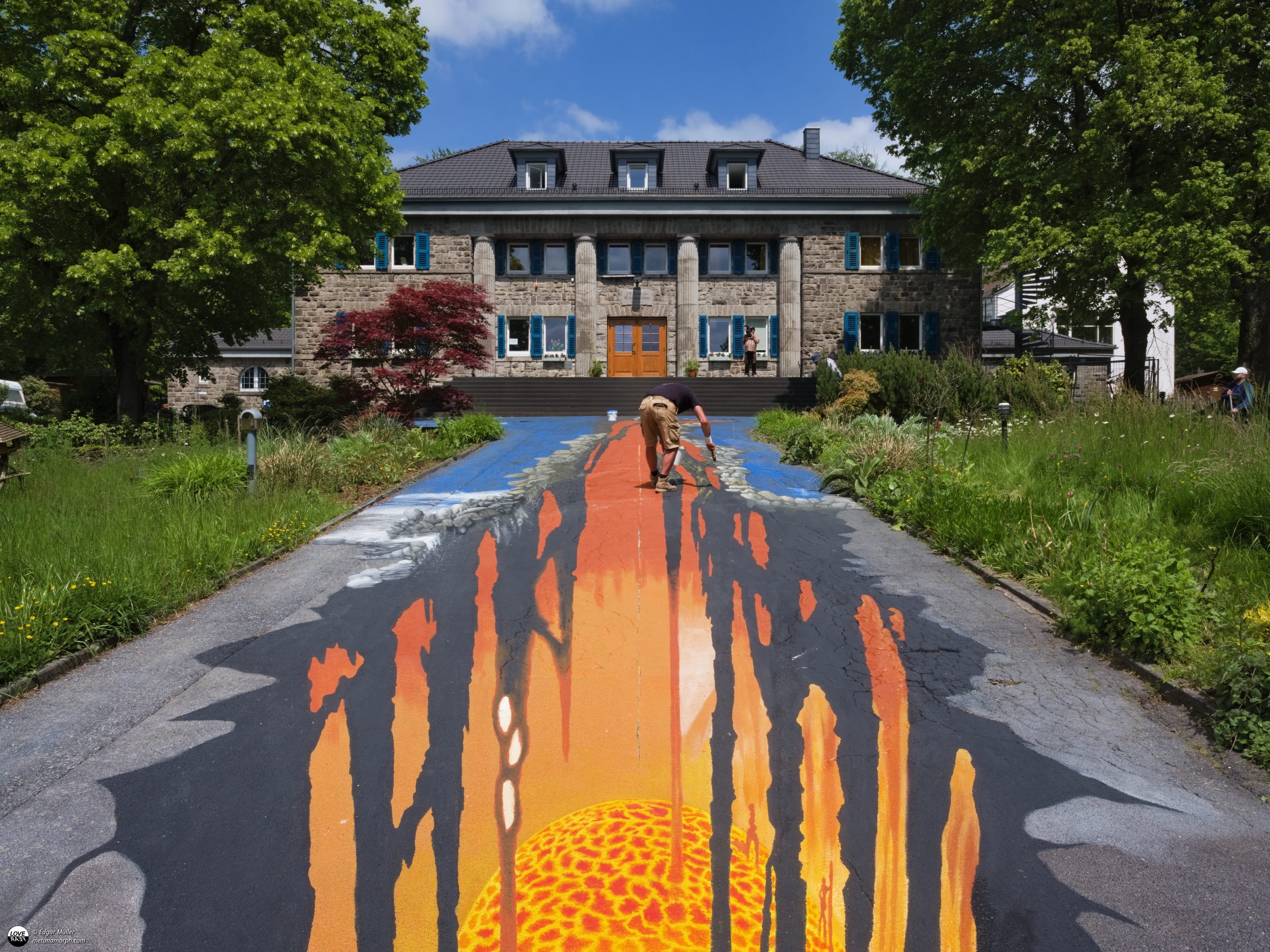
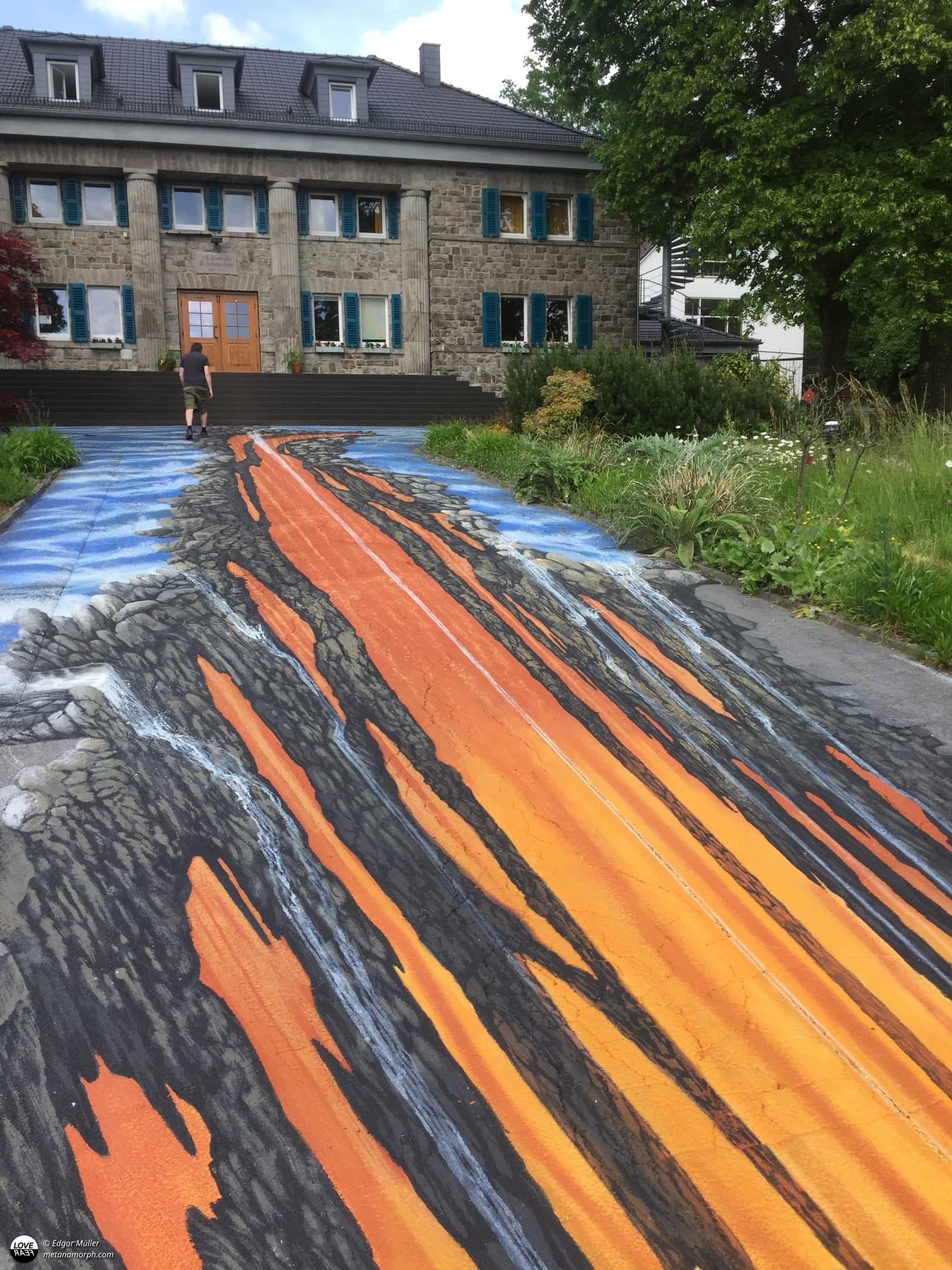
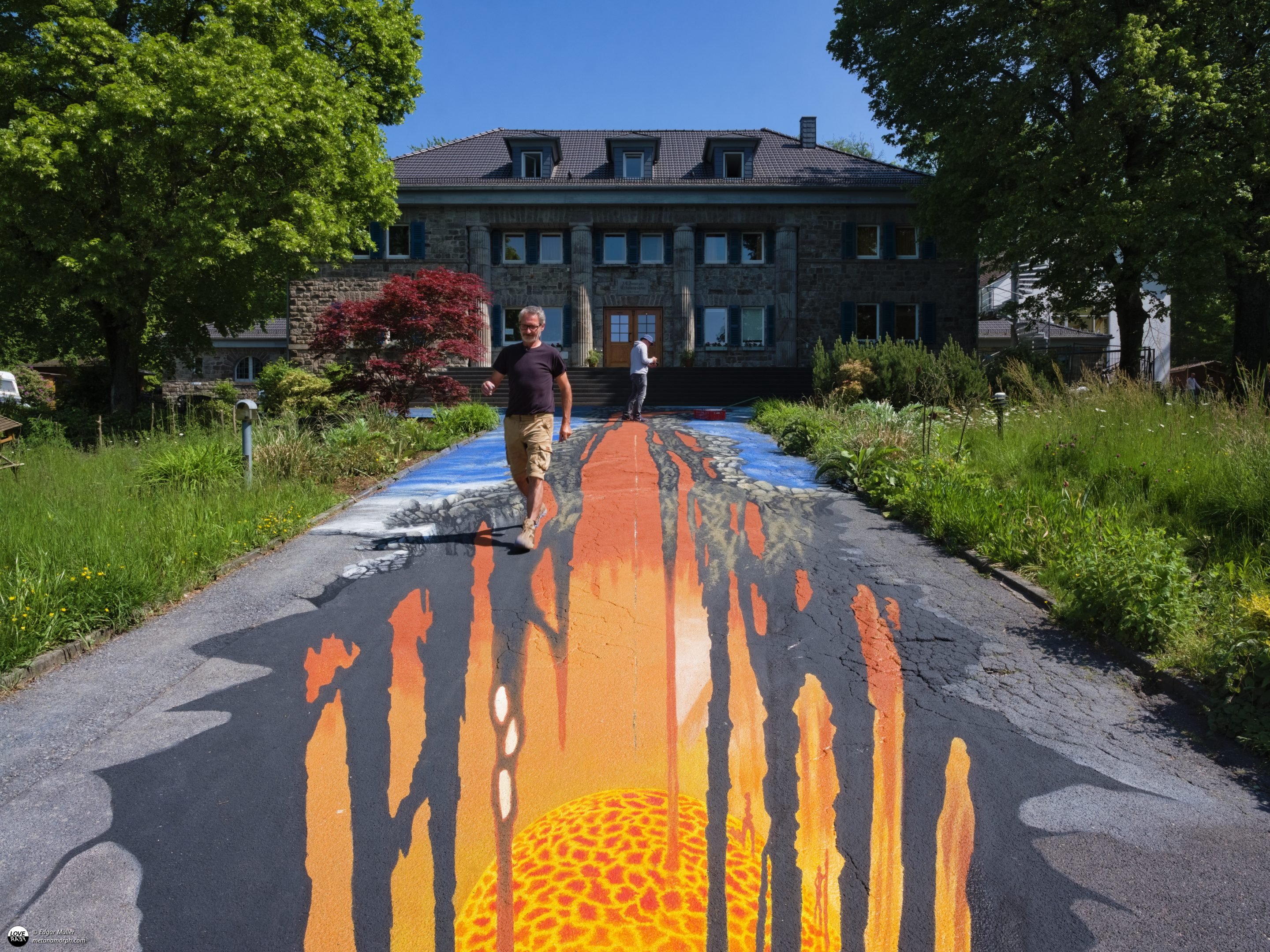
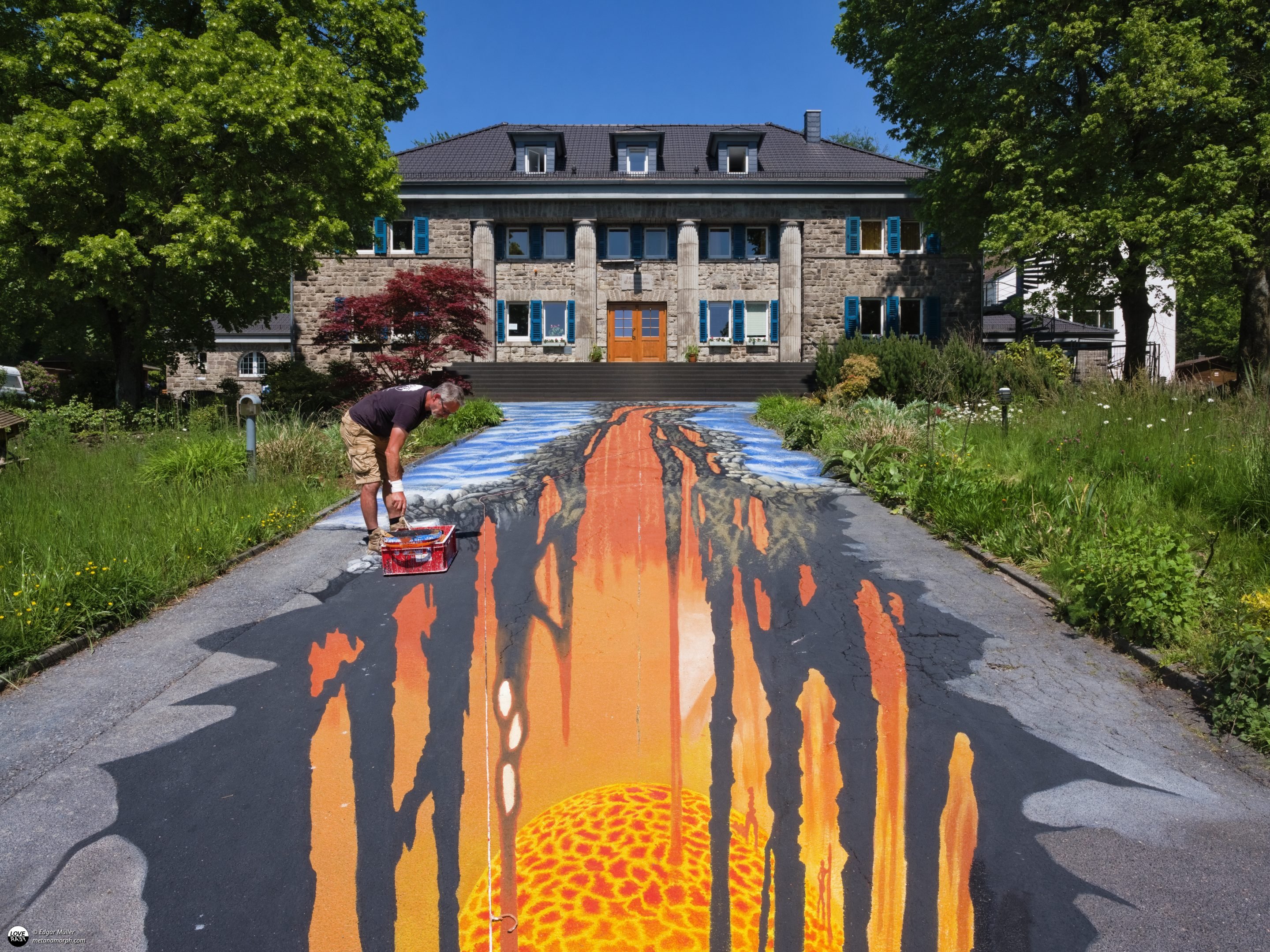
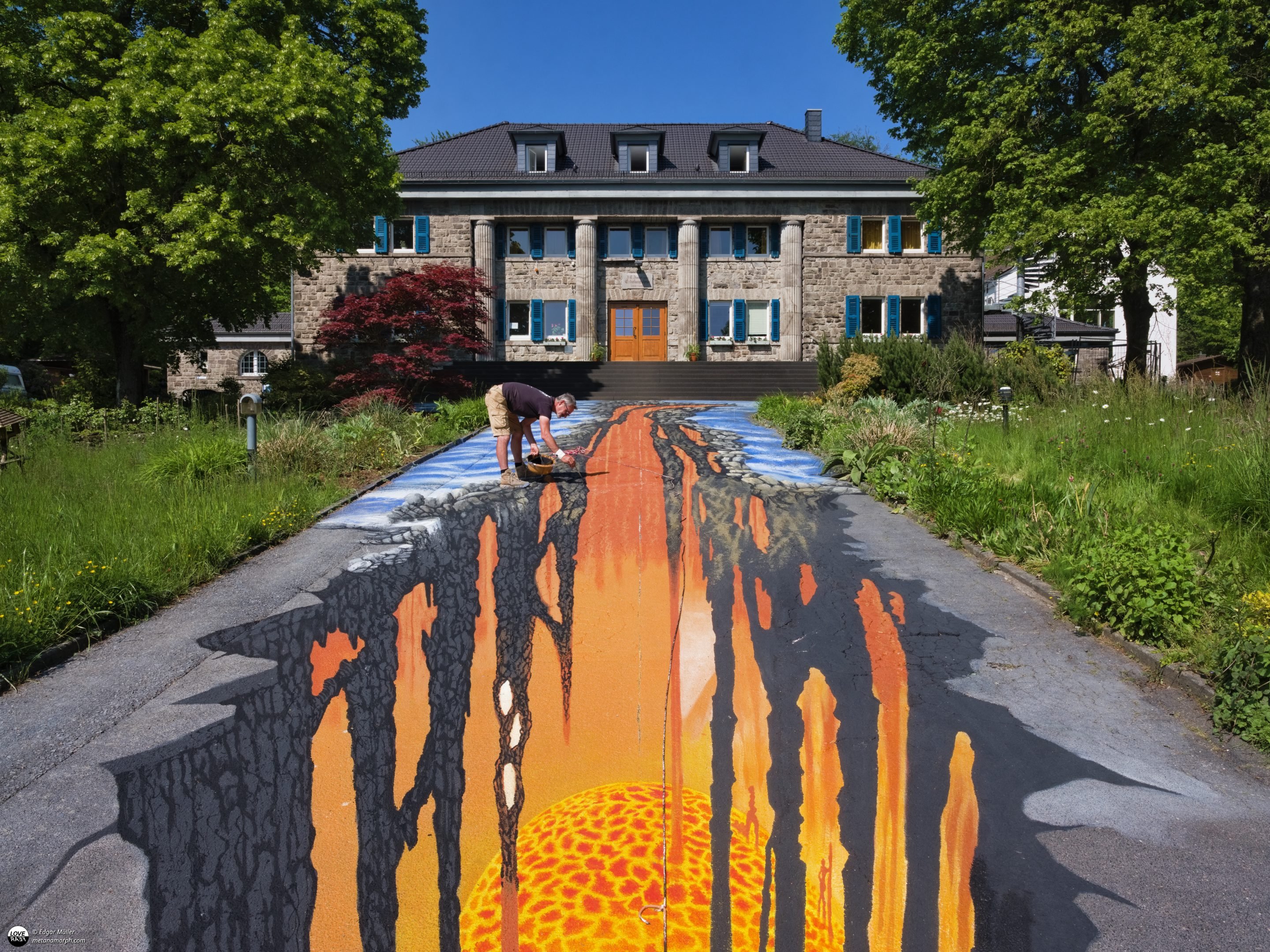
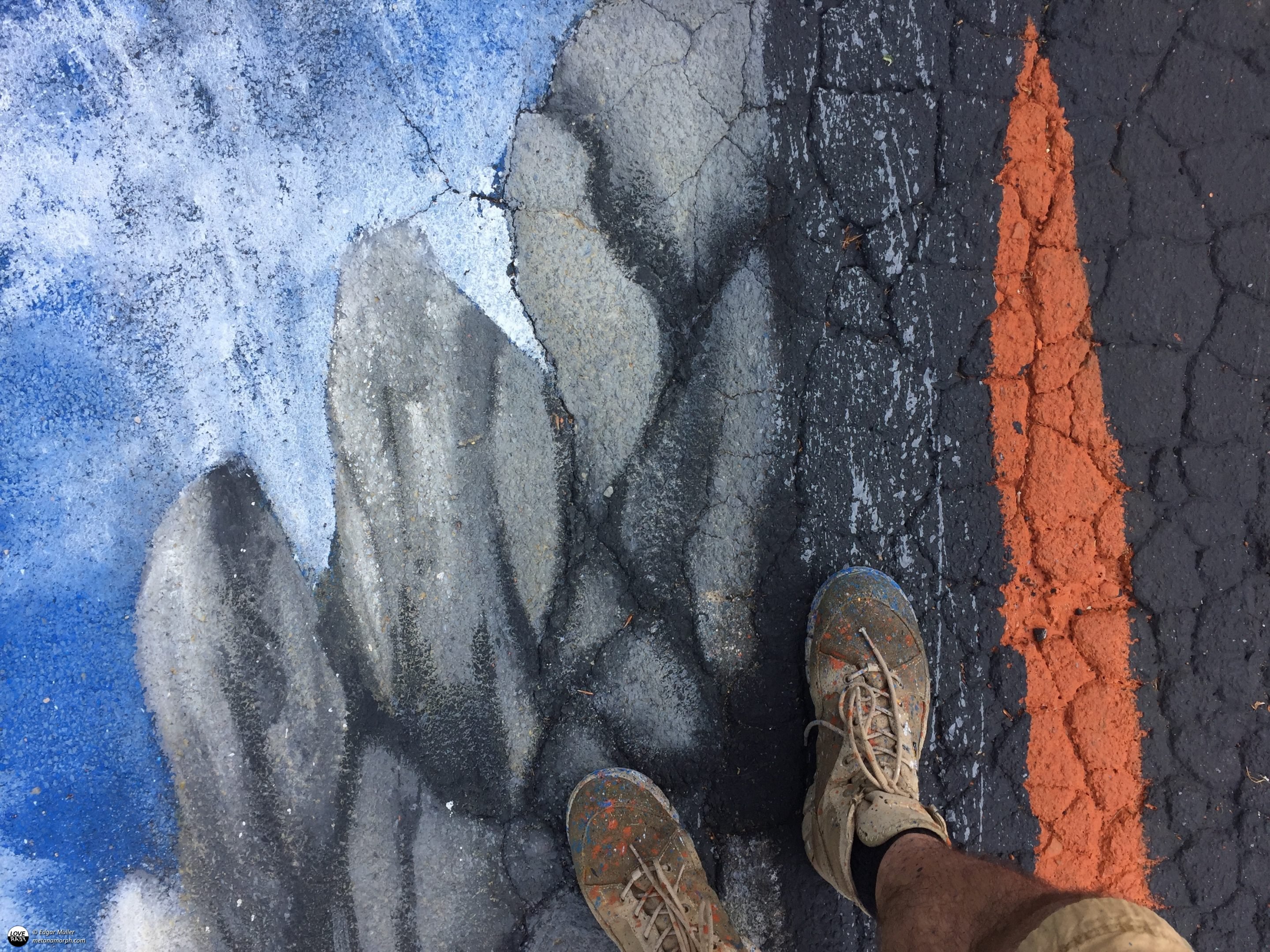
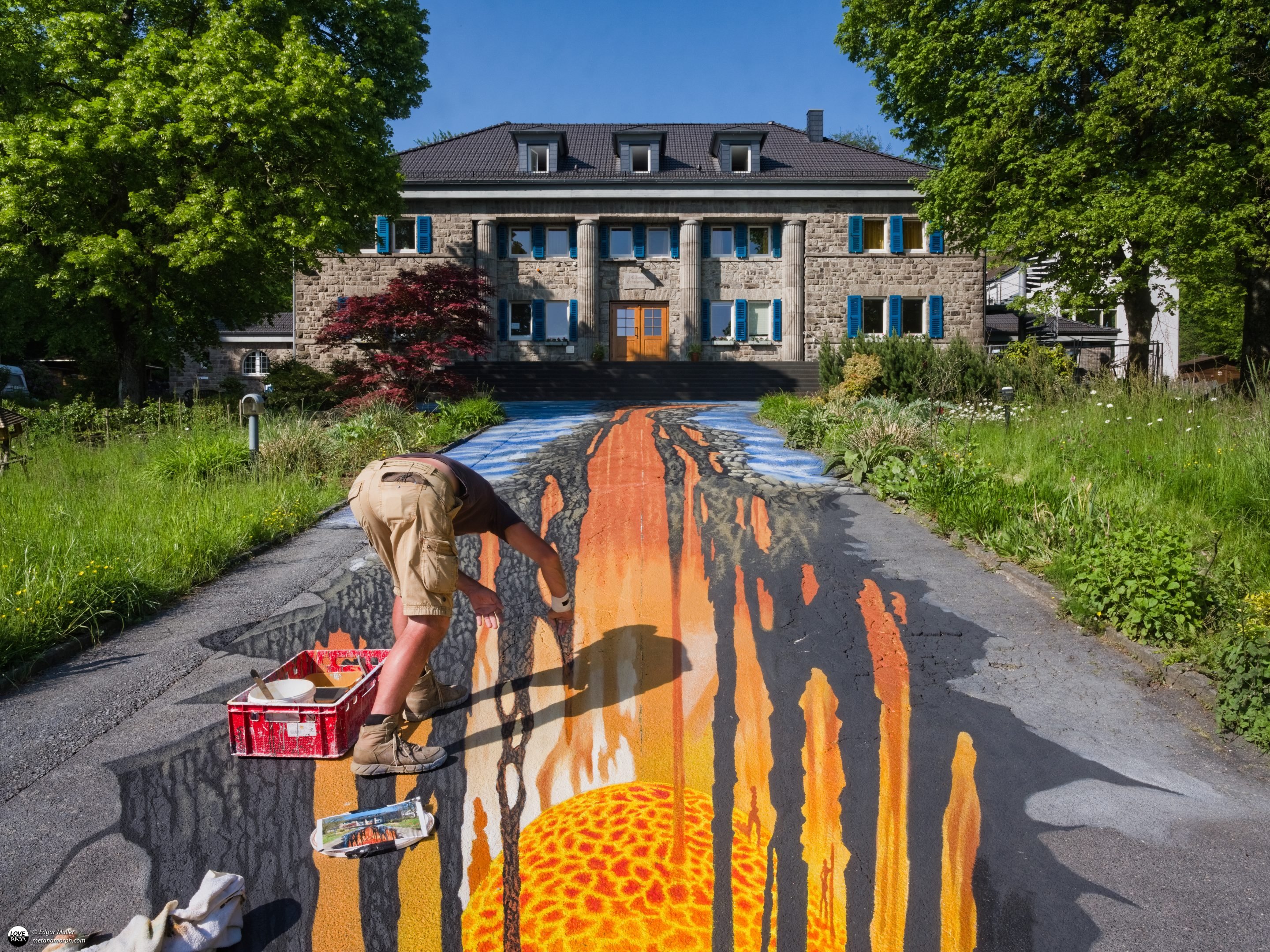
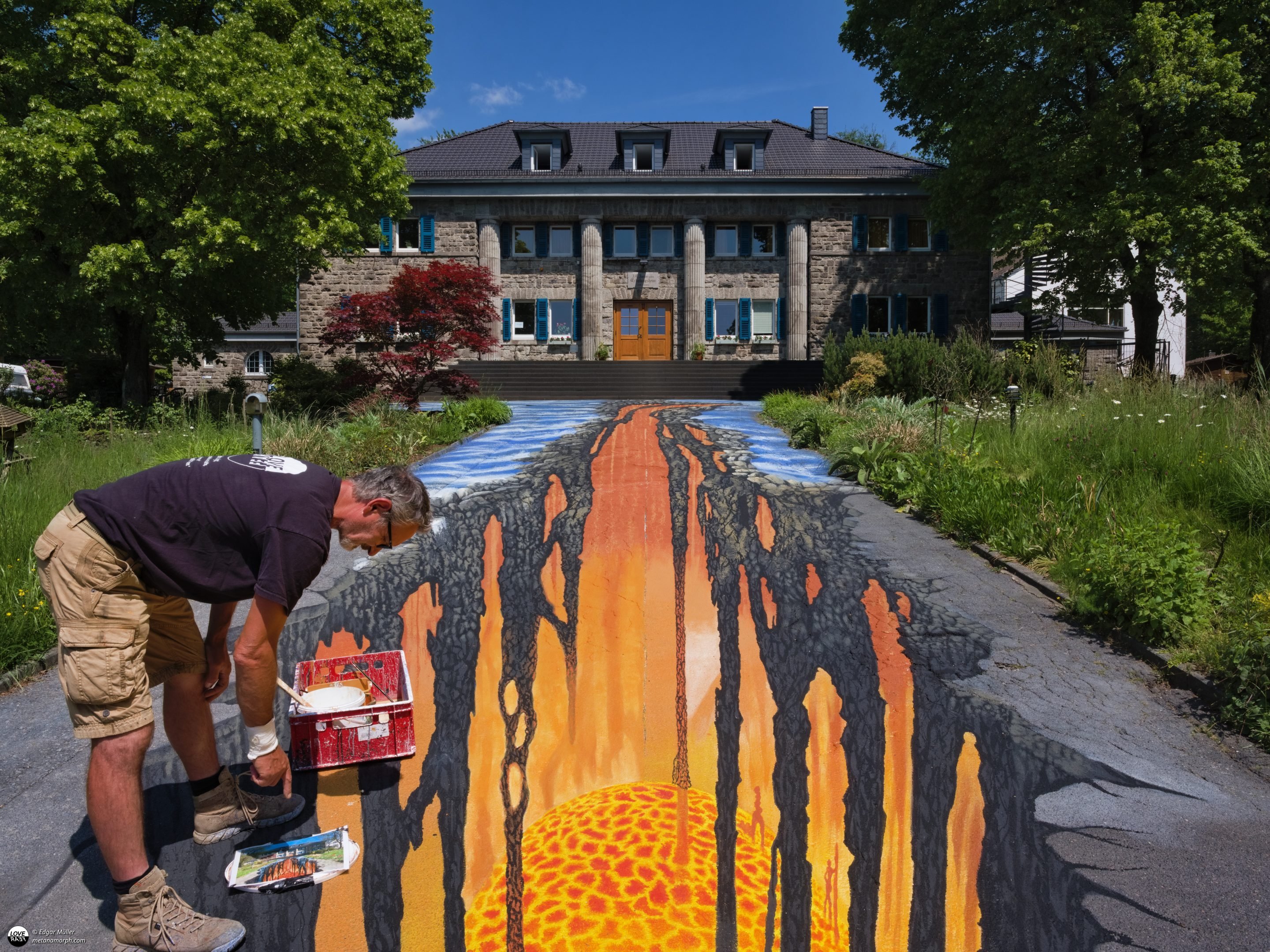
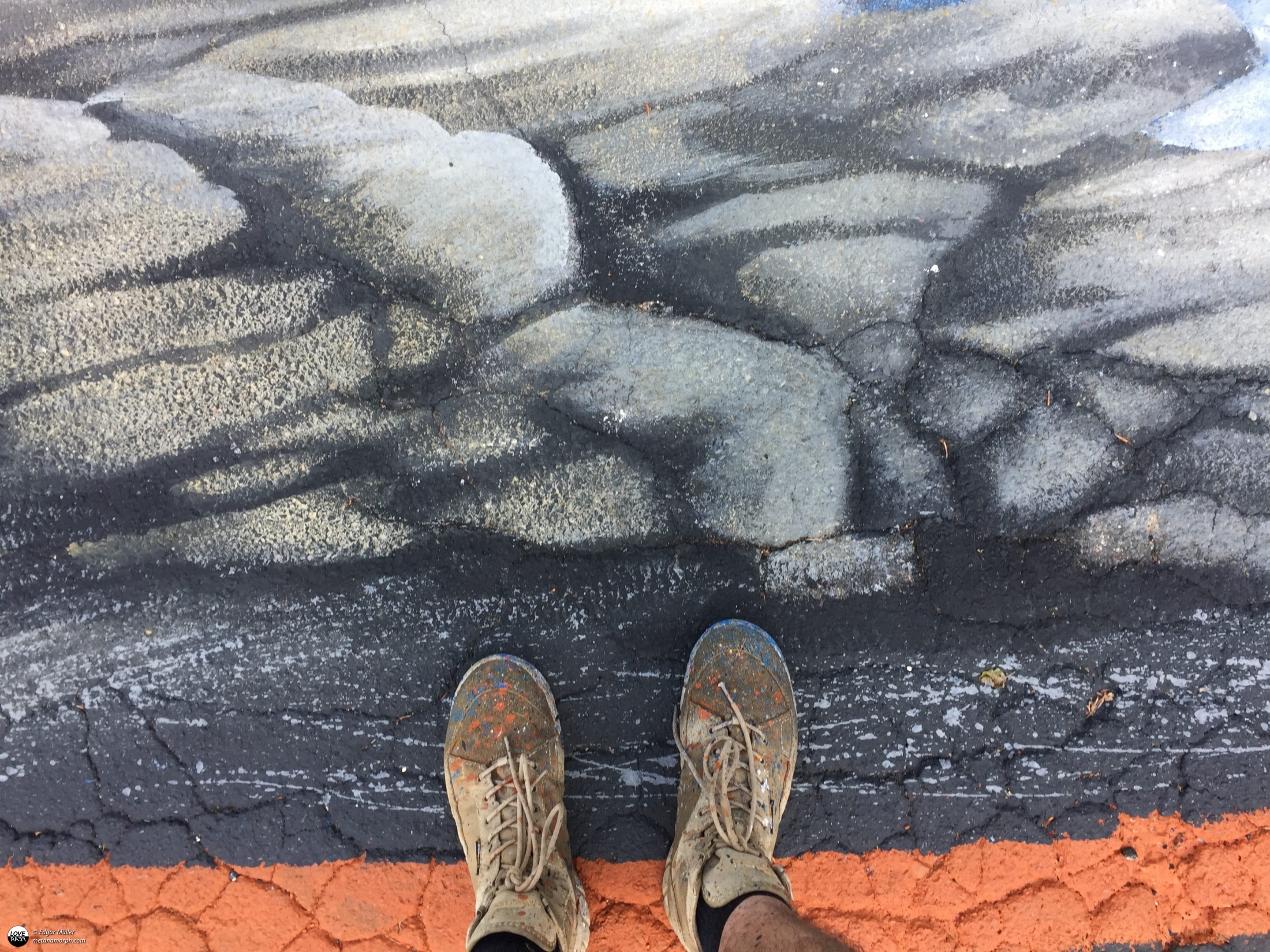
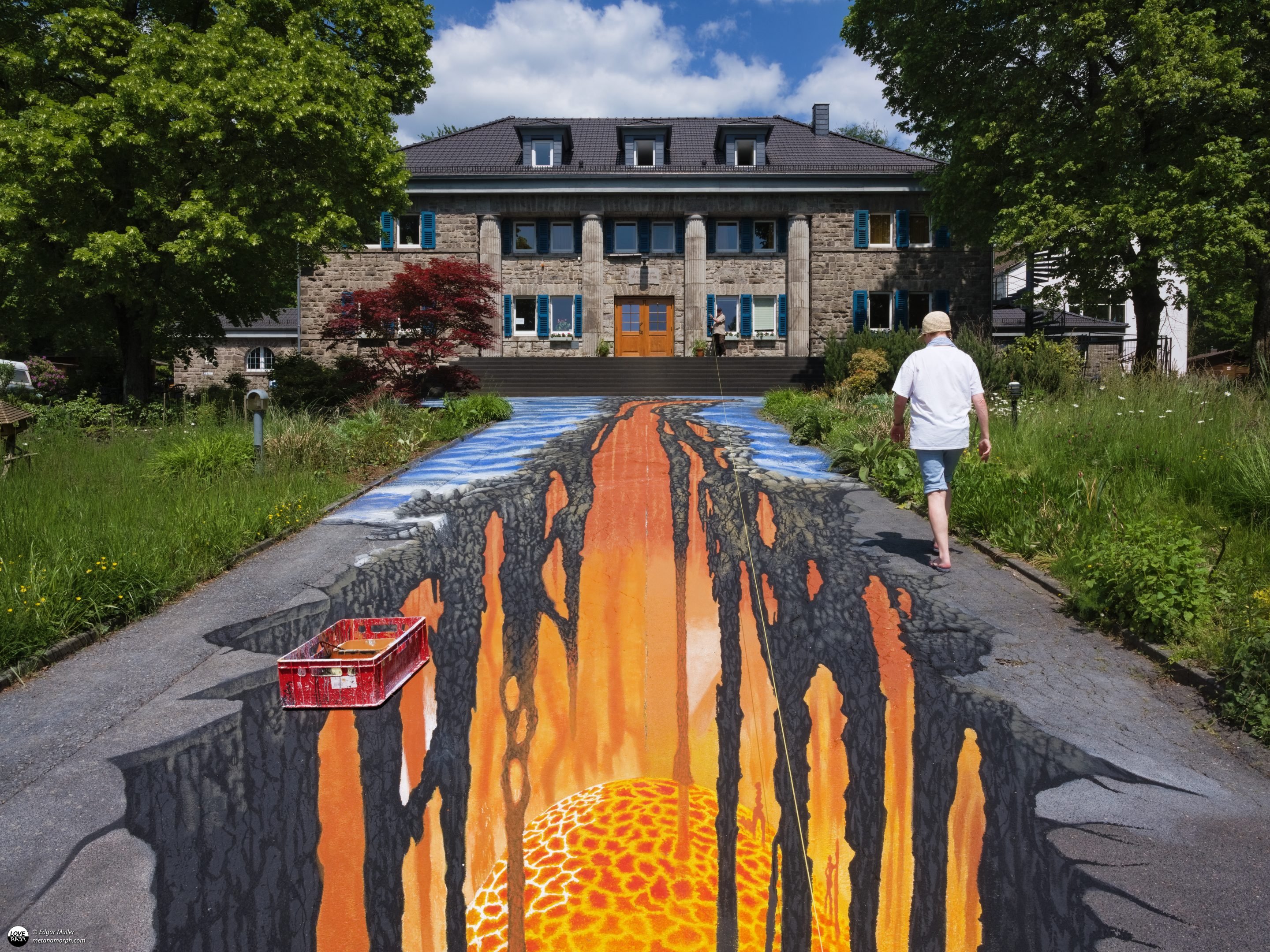
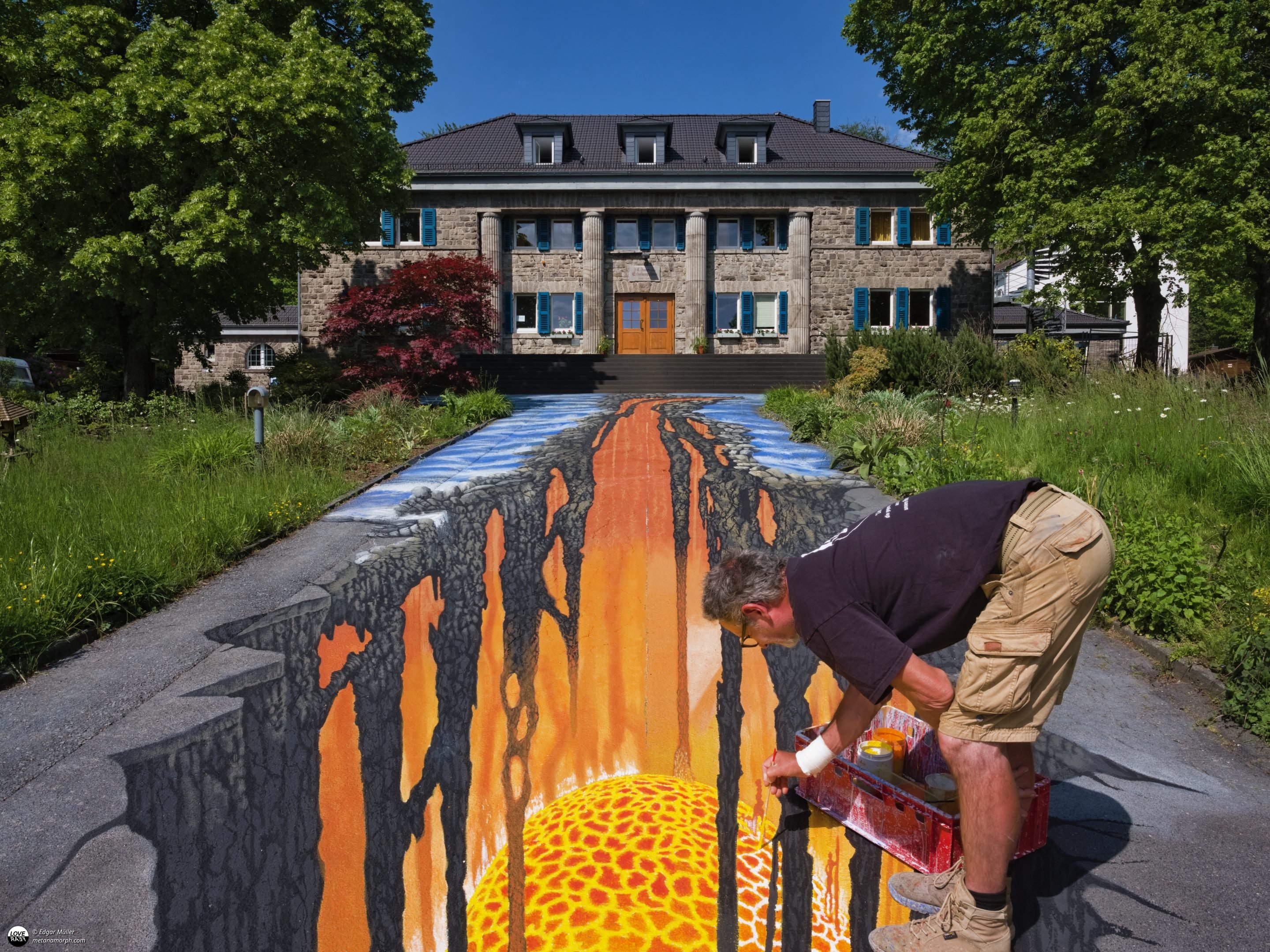
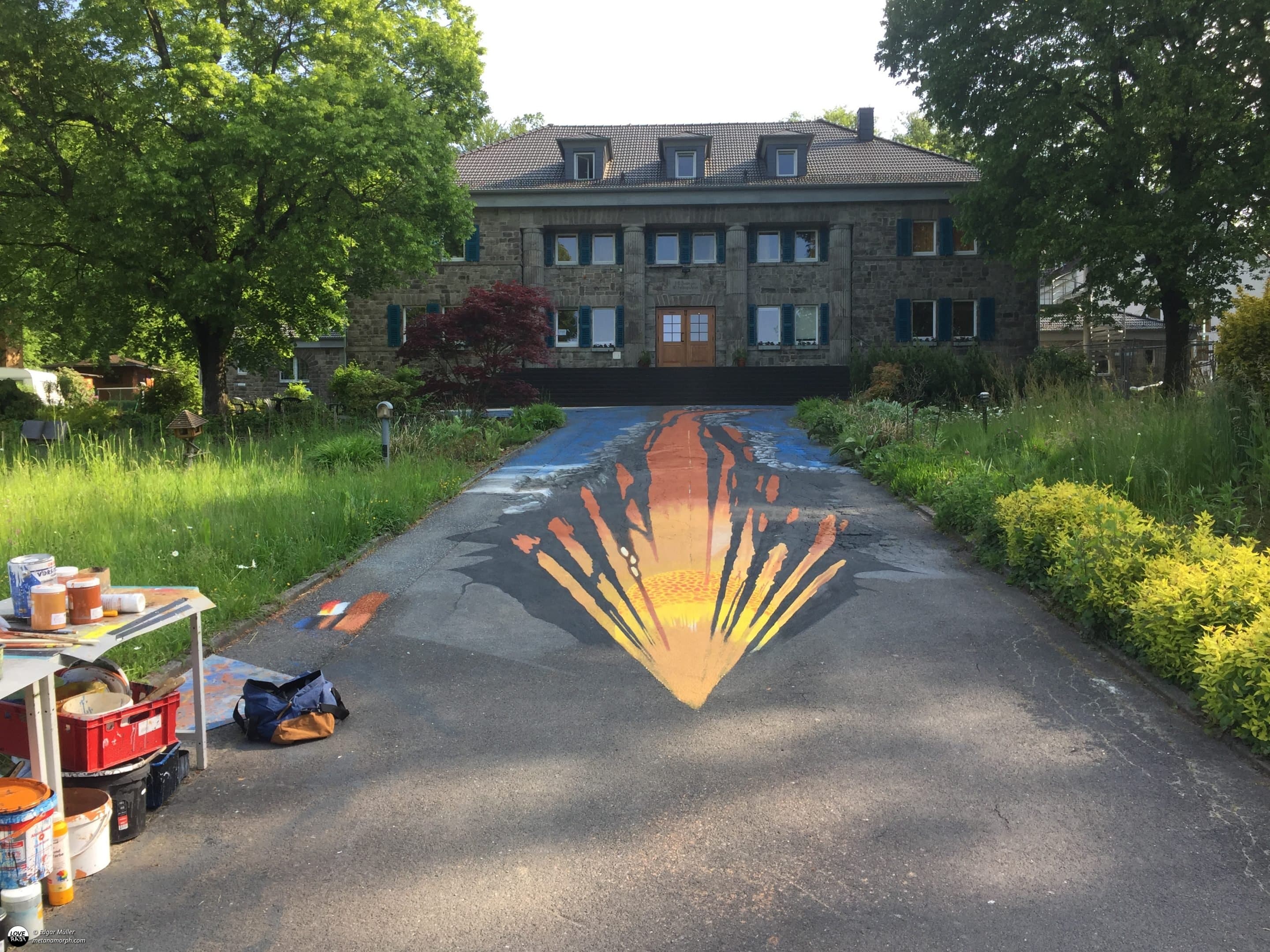
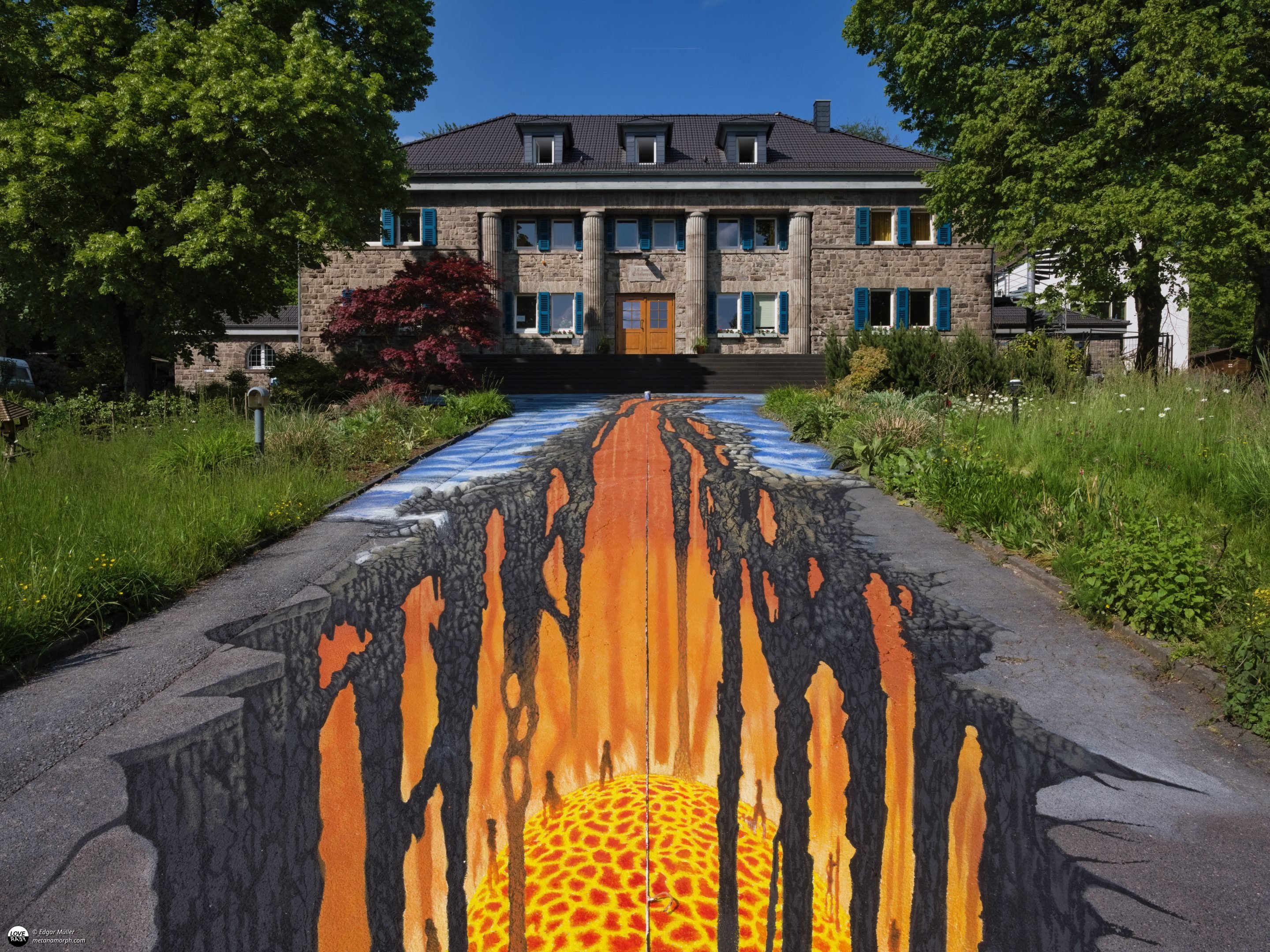
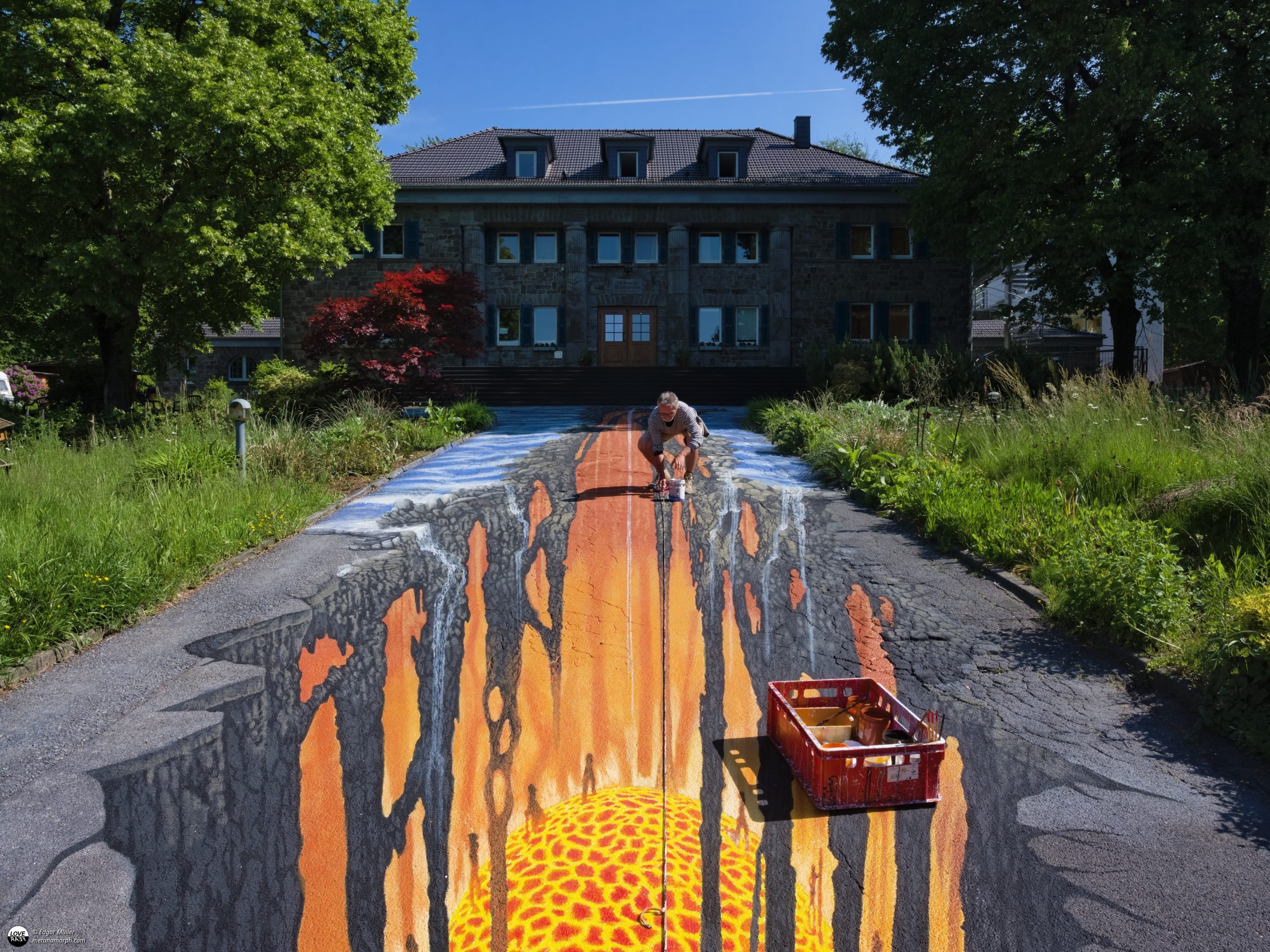
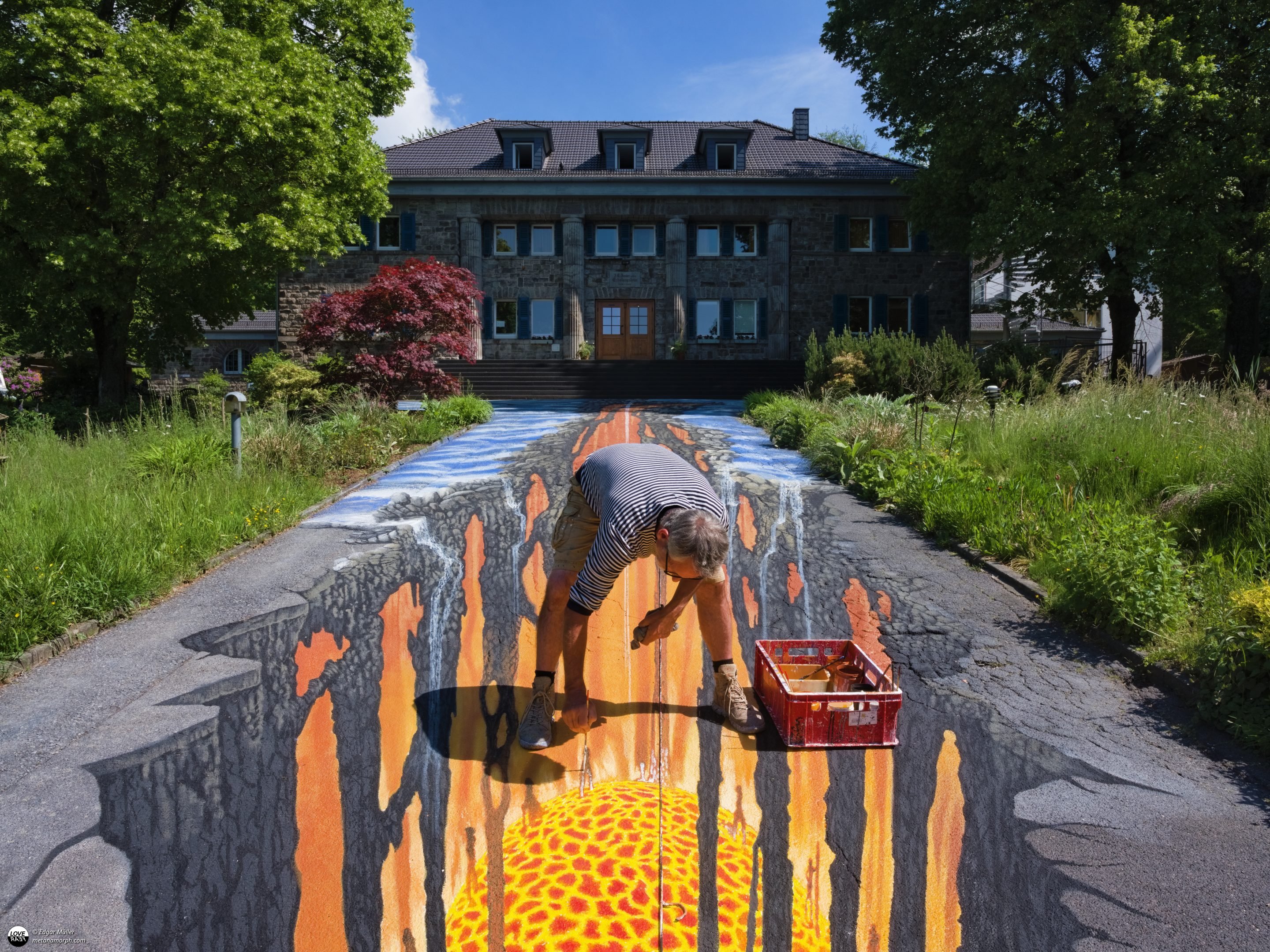
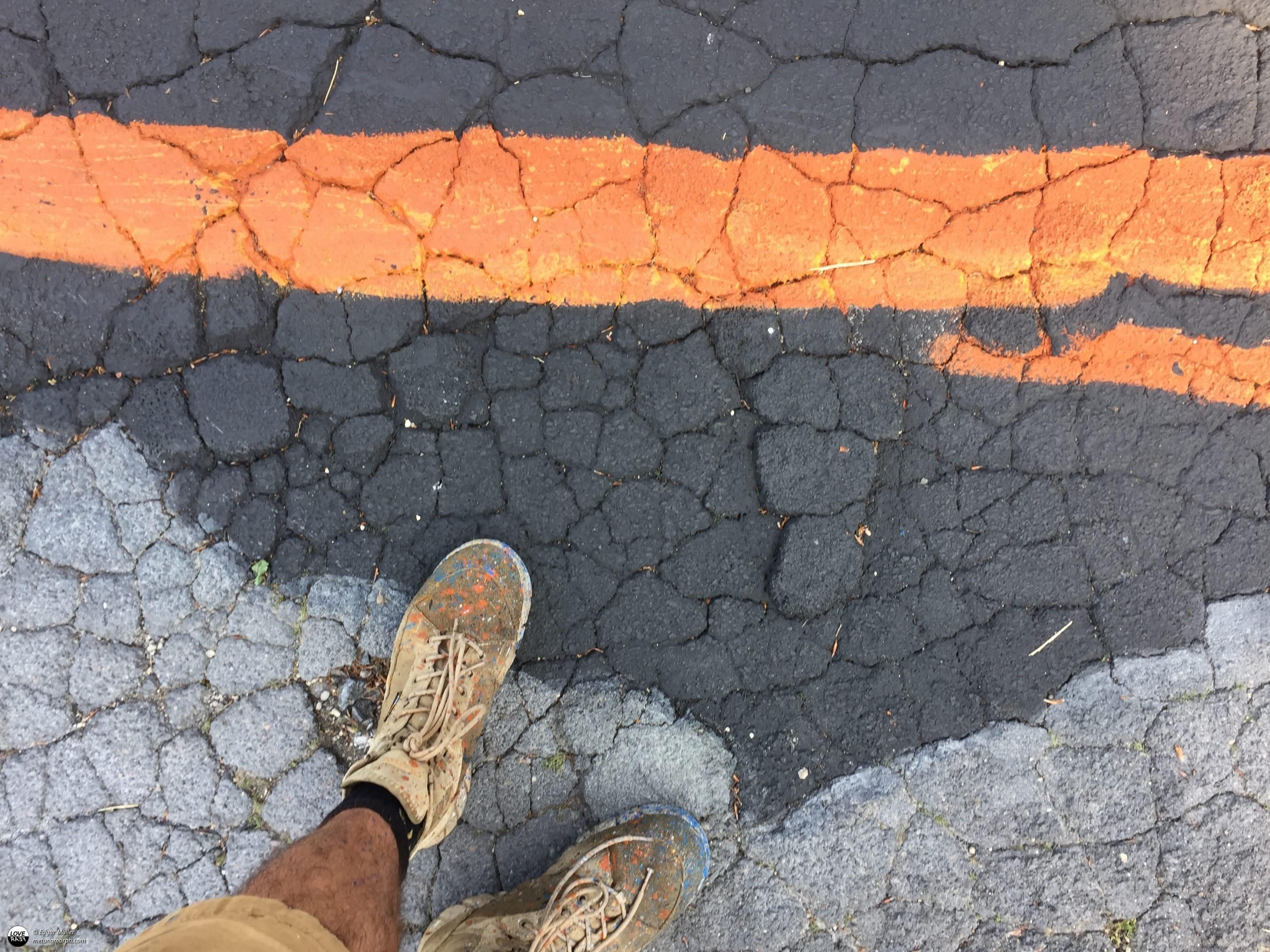
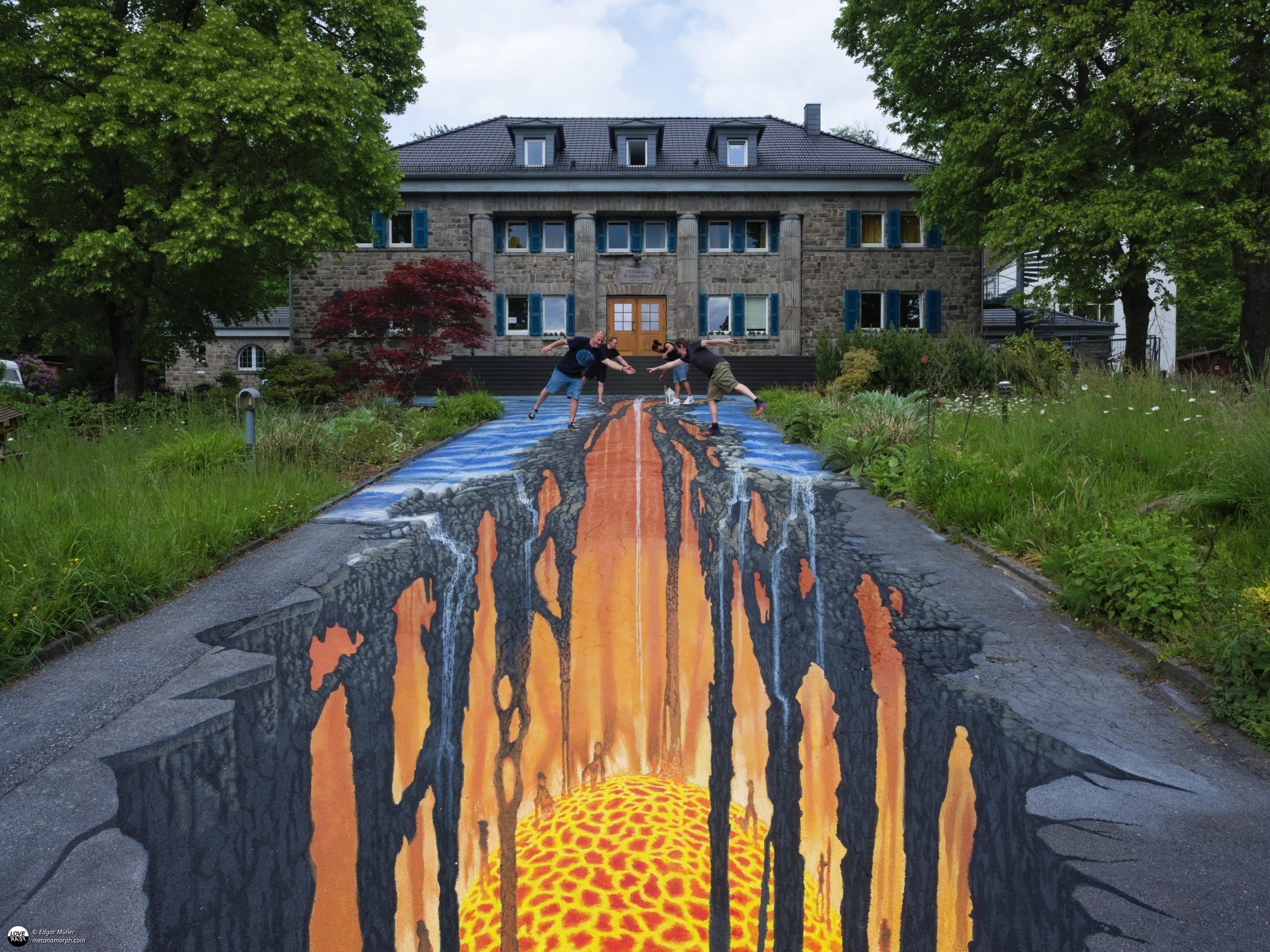
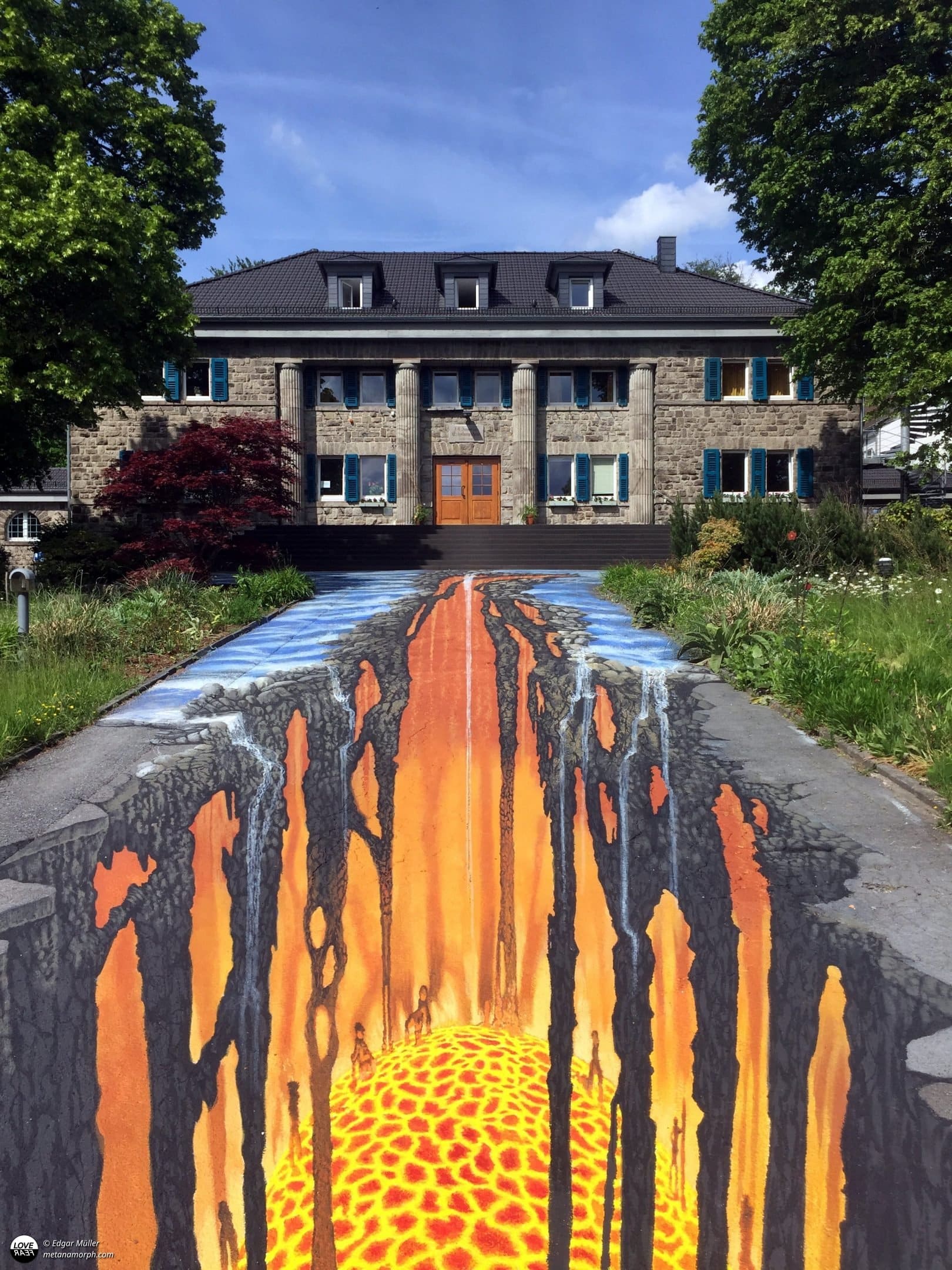




























Why Plato’s Cave?
Plato wrote this parable to point out illusions that affect entire societies. I go into this in my blog post on the “Emergence of Reality” (coming soon).
Addiction is an illusion where the addict is both prisoner and jailer. The shadows on the wall are the promises made by the brain’s reward system. Take more, and more often.
Only when you no longer see the shadows yourself do you have a chance to wake up and escape from the cave.